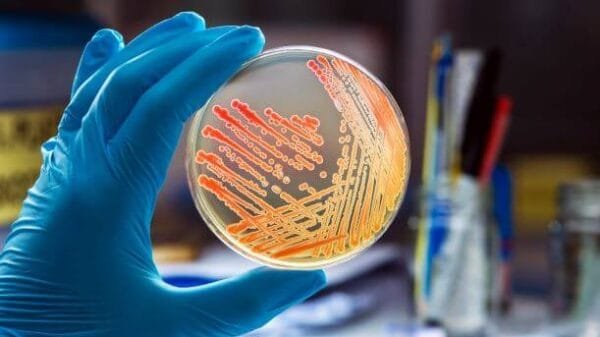The vibrant reds adorning various foods and products, from raspberry jam to red velvet cake, often owe their hues to an unexpected source: cochineal bugs. These small oval-shaped scale insects, measuring a mere 0.2 inches in length, have long been harvested and transformed into natural dyes such as cochineal extract, carmine, and carminic acid. These natural pigments have colored food, textiles, and cosmetics for centuries. However, as traditional harvesting methods face challenges due to increased demand and rising prices, scientists are exploring genetic engineering as a potential solution to produce carminic acid in a more cost-effective and sustainable manner.
The story of carminic acid can be traced back thousands of years, with its roots in the vibrant red Phoenician garments dyed using a crushed scale insect from the Kermes genus. The bug’s cousin, Dactylopius coccus from the Americas, provided the source of scarlet hues during the reigns of the Mayan and Aztec empires. By the 1500s, the Spanish were shipping dried cochineal insects back to Europe in enormous quantities due to their striking color, making cochineal a precious commodity rivaling precious metals.
The use of carminic acid in textiles and art declined with the rise of synthetic dyes in the mid-1800s, but it continued to color food, drugs, and cosmetics. Over time, health concerns about synthetic dyes prompted a resurgence of interest in natural alternatives. Cochineal extract and carmine gained approval from the US Food and Drug Administration for use in various food products, including yogurts, cakes, candies, beverages, and meats.
Despite concerns about consuming insect-derived products, the amount of insect remaining in the pigment is minuscule and generally considered safe. Still, as demand for carminic acid grows, the traditional cochineal industry faces challenges due to labor costs and inefficiencies.
In recent years, researchers have turned to metabolic engineering to manipulate cellular reactions within microbes, aiming to create carminic acid through biosynthesis. The structure of carminic acid, which includes a central three-ring structure and other chemical groups, presents a complex challenge for large-scale production. Researchers have been working on understanding the biochemical pathway used by cochineal insects to create the compound, with the goal of replicating it within microbes.
While these efforts are in their early stages, they offer the potential to revolutionize the production of carminic acid, making it a more sustainable and cost-effective solution. However, there are still challenges to overcome, such as optimizing the efficiency of the biosynthetic pathways and reducing the production of undesired byproducts.
While there may be concerns about genetically modified foods, the hope is that consumers who care about the environment and health will embrace food and cosmetics containing microbially produced carminic acid in the future. Traditional cochineal production may continue in some areas due to long-standing local traditions, but the shift towards lab-engineered carminic acid represents an exciting development in the world of natural dyes.



































